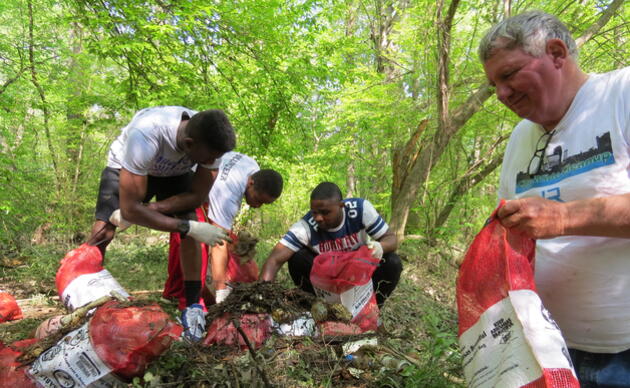Working lands represent one of the best hopes for conservation. Ranches and farms cover more than one billion acres in the United States. Forests, many of which are managed for timber, account for an additional 747 million acres. These working lands add up to more than half of America’s acreage.
The Threat
Working lands are central to America’s economic and environmental health. They provide our food, shelter, and even homegrown energy. As our population grows, so does the number of acres devoted to agriculture. Unfortunately, many of the practices used in intensive farming jeopardize declining grassland birds. Forest birds, including the Wood Thrush, the Golden-winged Warbler, and many other neotropical migrants, are losing nesting habitat to agricultural development, especially in Latin America.
Audubon’s Solution
Partnering with landowners is the key to making working lands work for birds, people, and communities.
Forests: We help landowners balance forest management to create forests that work for breeding birds while providing a dependable income stream from timber. Audubon educates foresters about the needs of birds and shows them how to factor birds into forestry plans.
Agricultural Lands: Years of scientific research have helped Audubon field staff share how farming can be compatible with birds. For example, farmers in California’s Central Valley, by keeping their rice fields wet a few weeks longer, provide habitat for Long-billed Curlews and other Pacific Flyway migrants. Measures to reduce runoff improve water quality, which, in turn, improves ecosystems in agricultural areas. Audubon can partner with small and large-scale farmers throughout the hemisphere to create a healthy, safe habitat for shorebirds, waterfowl, and communities.



